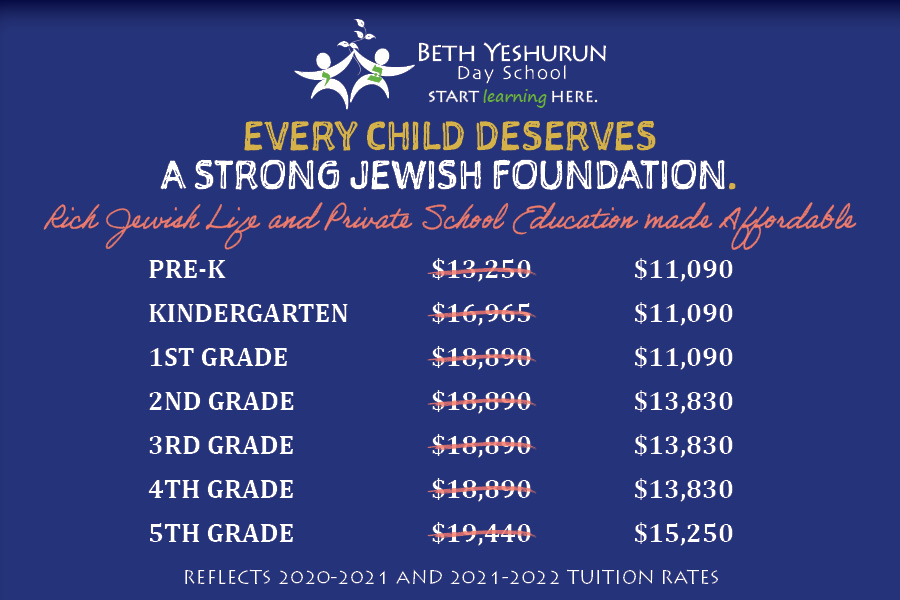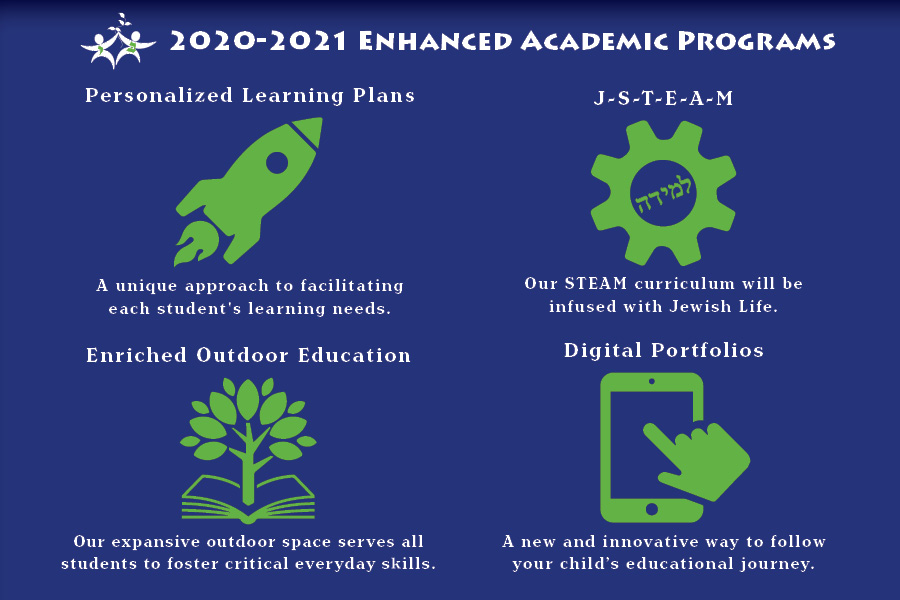Form a committee. Given the amount of work that comes with pursuing the right affordability model for your school, forming a small committee is essential. This can include the board chair, treasurer, CFO, head of school and a large donor who believes in the value of Jewish education. Keep in mind, the more people on the committee, the more possibilities for information to be made public before you’re ready. Adherence to agreed-upon ground rules, including discretion, is critical.
Research. Thoroughly research multiple models and create a pros and cons list for each. Every model has risks associated with it. For BYDS, all showed outcomes that were financially alarming if not successful, but they also brought optimism and excitement with them. Which model provides the best benefit for your families? Which model makes the most financial sense for your operating budget?
We also found it incredibly helpful speaking with other day school administrators, lay leaders and consultants who have been down this road before. Gaining insights into their successes and challenges helped steer our discussions on certain topics that otherwise may not have come up. Some may even try to persuade you in one direction or another based on their own history. Remember, not all Jewish communities are alike, and results in one may turn out completely differently in another. All the while keeping in mind, you know your community best.
Build scenarios. Once the committee narrows down affordability models, creating realistic household budgets with various income levels is imperative. We chose to look at scenarios that best represented BYDS families (middle income, upper income and multiple children). This included average mortgages in zip codes where the majority of our families live, typical car payments, yearly food and medical costs, philanthropy to other organizations and allotment for annual vacations and sleepaway camp.
We looked at spreadsheet after spreadsheet calculating possible tuition prices per grade, considering the number of siblings for current and prospective families. From our research, we determined we needed a combination between two different affordability models: a multi-student discount and a tuition reduction. Don’t be afraid to build scenarios that take pieces from multiple affordability models. Early childhood families would benefit from a discount if they had a sibling enrolled in kindergarten through fifth grade. PreK–fifth grade families would benefit from a significantly decreased tuition price, anywhere from 20%–40% depending on the grade level. This scenario included a six-year model with small increases (4.5%) at three years and at six years.
Lastly, together with our CFO, we analyzed how many new students would need to enroll each year to make up the difference in tuition. And back to the spreadsheet we went...
Find donors. An increase in enrollment alone won’t support an affordability model. Fundraising and donor support are at the heart of being able to decrease tuition both in the short term and in the long term. Initially, it was important to secure generous donors who support making Jewish education affordable for all those who want it before the committee was able to present to the board of trustees. Once the board voted to approve the “BYDS Affordable Tuition Initiative” effective beginning in the 2020-2021 school year, it was time to pursue general community fundraising and ask our annual giving donors to increase their yearly donations in an amount meaningful to them. BYDS is a family, and our family has now come through for each other year after year, with institutional giving at its highest level.








